Better Man is a music video and visual experiment shot using a 35mm analog camera meant for still photography. Every video clip in Better Man is actually a shutter burst of 8 frames per second and so in essence it fools the human eye to simulate motion similar to the effect that the very first motion picture cameras were able to produce.
Before I can further explain the process of how this video was made, let me first illustrate the history of how still photography transformed into motion pictures.
If you take a rigid thin object like a pencil and wiggle it in your hand, you’ll see a blurry trail of the pencil. This is because of the “persistence of vision”.
Similarly, if 24 still images of say, a man running, were shot in a second and then played back at the same speed, an optical “illusion” of motion is created owing to this persistence of vision. This is why “motion picture” gets its name from still photography.
The phenomenon of persistence of vision was always apparent to the human eye, but it was first illustrated only in 1832 by Joseph Plateau (Belgium) and simultaneously by Simon von Stampfer (Austria) who independently developed the phenakistoscope and stroboscope (rotating discs with animated drawings) demonstrating what were the world’s first “movies”.
This was shortly before the birth of photography in 1839 by Louis-Jacques-Mandé- Daguerre (France).
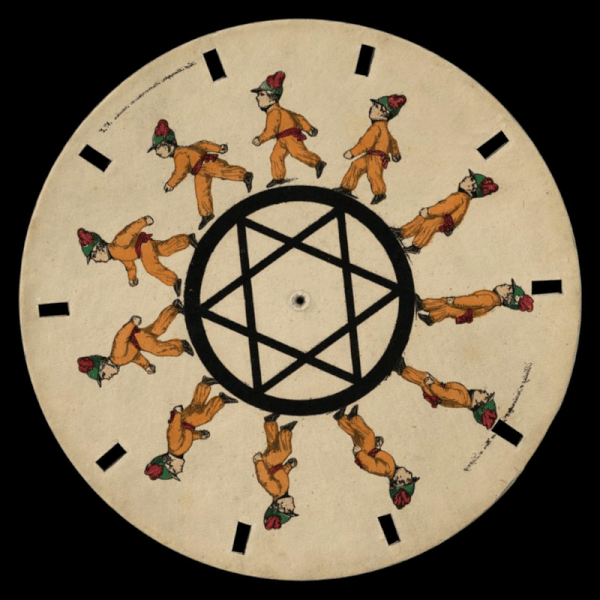
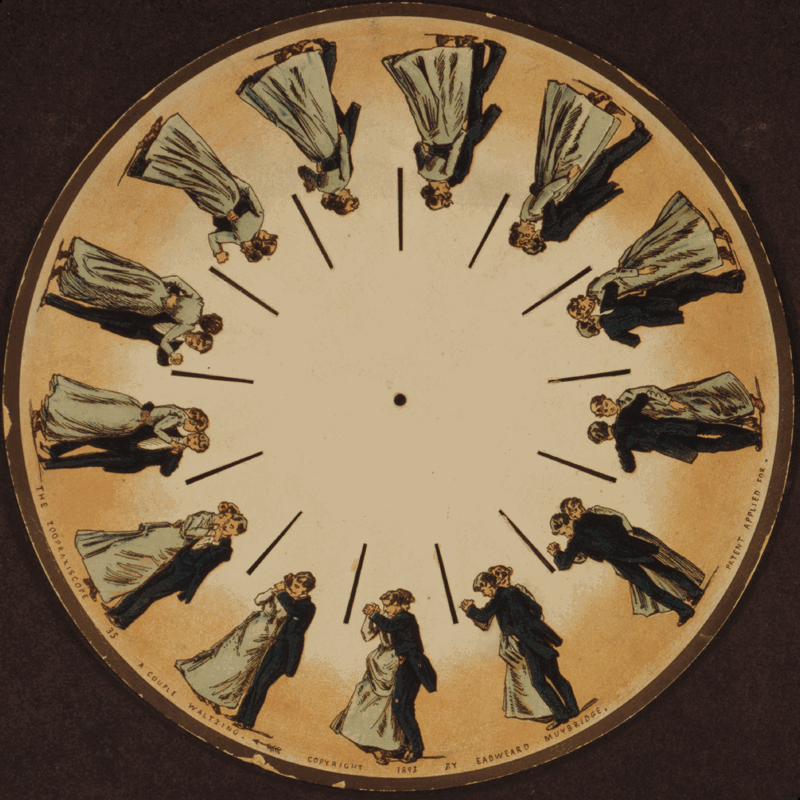
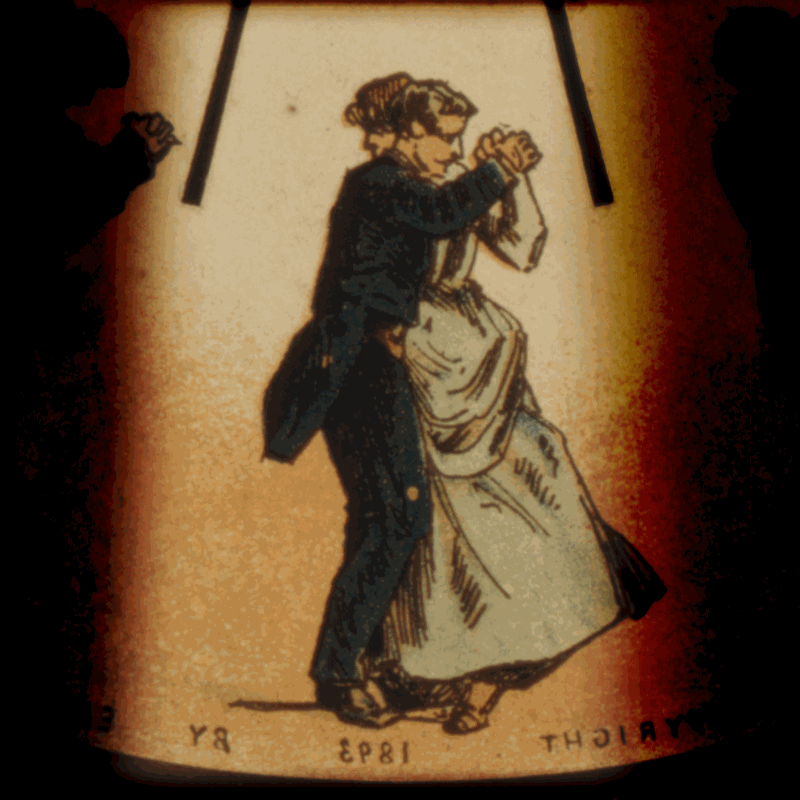
Almost half a century later (between 1878-82), photographers and inventors like Eadweard Muybridge (England/USA) and Étienne Jules Marie (France) started demonstrating persistence of vision by using still photographs set in motion by shooting subjects at 8-12 frames per second.
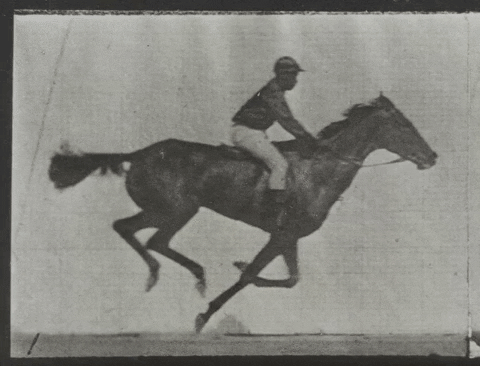
In fact, Étienne Jules Marie’s hand-cranked gun used for “Chronophotography” and capable of exposing 12 frames per second is most likely the reason for coining of the term “shooting” in photography and cinema.
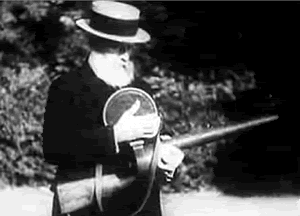
In 1893, Thomas Edison (USA) tasked his employee William Dickson, to create the world’s first professional motion-picture camera- The Kinetograph, a 35mm camera that used perforated celluloid film. Meanwhile, Lumiere Brothers in France had developed their own cameras and projectors.
Still-photography had been set into action and evolved into “motion pictures”.
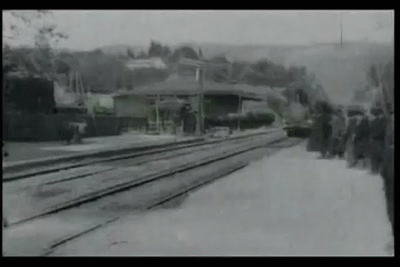
Better Man is a Tribute to the Techniques and Imagery From the Past
Much before conceptualizing the Better Man music- video, its inception started with the purchase of Nikon F5, the fastest analog SLR camera ever made (1996-2004) that fires non-stop at the rate of 8 frames per second. When I first pressed the trigger on burst mode, the sound made my spine tingle. I could see black and white images move at the speed of Charlie Chaplin. In a way, it works exactly like Étienne Jules Marie’s hand-cranked “Chronophotograph”.
I knew immediately that the Nikon F5 is capable of creating a motion picture. I tested a few rolls to illustrate its capability and started searching for a project that allowed for such an experiment.
When my longtime friend, Ankur Sabharwal sent me the audio track for Better Man, I knew exactly how I was going to go about it and thanks to the blind faith Ankur had in me, this video got made in the way it did.
Tech nowadays is excellent and contemporary digital cameras can shoot up to 22 fps and there are ample plugins and filters to simulate the vintage look, but that simulation would have been no fun at all as compared to a workflow of exposing 600 feet of fresh Kentmere 400 ISO, 35mm film stock, that was hand-rolled using a bulk loader into 100 reusable film canisters. Using the Nikon F5 SLR, these cans were exposed and 8 frames per second — that translates to approximately 5 seconds of real-time footage per film roll.
Exposed cans were hand processed with homemade D76 developer and negatives were then dried, cut, and sequentially sleeved, keeping in mind that the progression of images was not disturbed. We ended up with approximately 4000 negatives that had to be digitally scanned into hi-res images. Lastly, the images were converted into individual shots and eventually time-warped before the edit could begin.
The inconsistency caused by the “handling” of analog film allowed us to create naturally and on purpose, elements like dust, speckles, bubbles, blotches, scratches, transition flashes, burns, wobbles, etc. that give a genuinely vintage look to the video.
This video is not only a tribute to the founders of the first motion picture cameras but also to early 20th-century cinema as well. One of the earliest practitioners of motion-picture was a French stage magician named Georges Méliès who innovated “special effects” in cinema. His stories were often inspired by the science fiction novels of Jules Verne, like in the case of his most popular film “A Trip to the Moon” (“Le Voyage dans la Lune”). The iconic moon landing shot from this film stirred the concept for the Better Man music video.
The inspiration for the protagonist of “Better Man” came from “Bip the Clown” – stage persona of French mime and theatre legend – Marcel Marceau.
In the video, Bip travels to the moon, transforms to become an astronaut, and saves planet earth from the clutches of the devil. This one-line concept became a playground for smaller ideas that are now contained in the Better Man music video. Besides Méliès’s moon motif, we also employed some of his filming techniques, like “substitution splice” (stop block animation), multiple exposures, and time-lapse photography. Timeless tricks that can never go out of use.
Credits for this project can be found here.
About the author: Mrinal Bahukhandi is a photographer and filmmaker based in Mumbai, India. The opinions expressed in this article are solely those of the author. You can find more of Bahukhandi’s work on his website, Facebook, Twitter, and Instagram. This article was also published here.
Author: Mrinal Bahukhandi
Source: Petapixel



